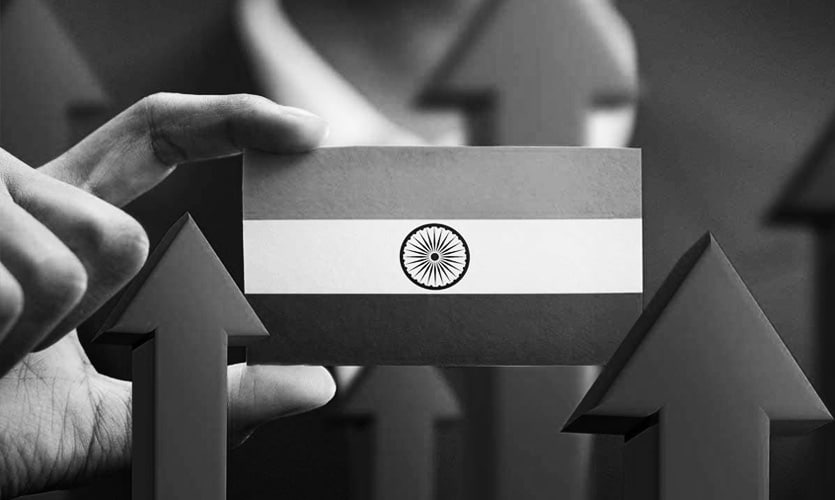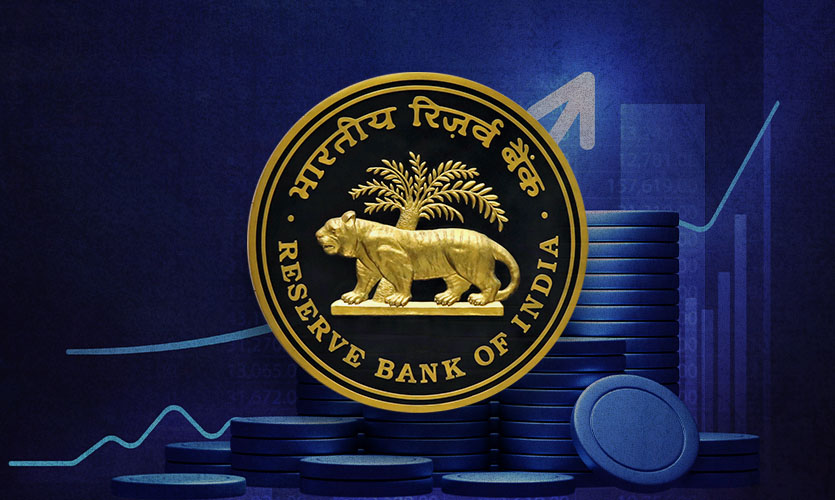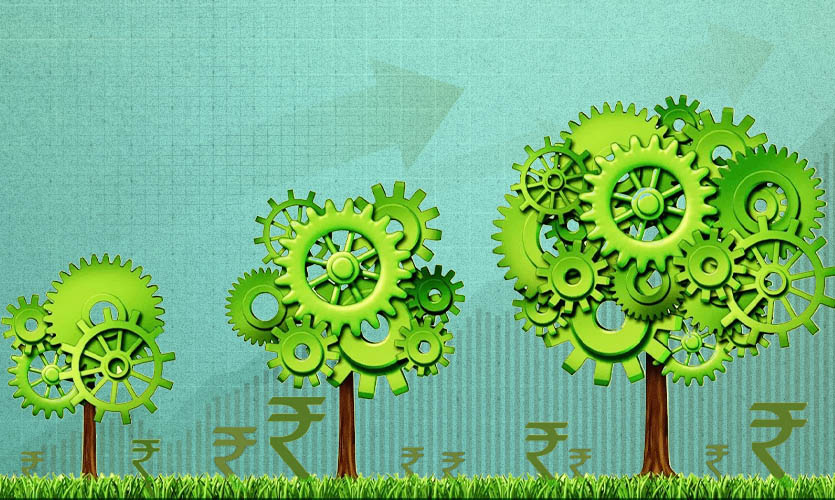India’s economic development story would be incomplete without drawing attention to the country’s history, its independence, and how post-colonial rule India was an aspiration born in the midst of poverty, communal violence, casteism, regional differences, illiteracy and deindustrialisation. 74 years later, despite an ongoing pandemic, India is still striving to become a $5 trillion economy by 2024-25.
Like many South Asian countries at the time, India’s economic development was still ruminating over the exploitative nature of its colonisers. From 1947 to 1990, India continued to move on the path of central planning, where the government would be in charge of making economic decisions. Eventually, India’s foreign exchange reserves fell to $1 billion, which were enough to cover just two weeks of imports. The Economic Liberalisation of 1991 was led under former prime minister Narasimha Rao and the then Finance Minister Manmohan Singh. India decided to take key steps in its economic policy, despite facing opposition in the Parliament over India losing its autonomy.
The measures included devaluing the rupee, a new industrial policy with reduced bureaucratic control, raising foreign direct investment limits in a number of sectors, and cutting the red tape by paving the way for privatisation of state-owned entities. This crisis was crucial in the liberalisation history of the country’s economy and was the starting point for the introduction of free-market reforms that were adopted by the Indian government.
July 2021 marked 30 years of India’s economic liberalisation reforms. Although successive governments with different ideologies have come to power and the momentum of the reforms has varied time and again. The belief that liberalisation, privatisation and globalisation could be the beacons that would guide the Indian economy’s desire to prosper was not abandoned. India is the world’s sixth-largest economy by nominal GDP and the third-largest by purchasing power parity (PPP).
Resilience Of The Digital Economy And Stock Markets
The startup boom in India has shown us a large gap between what India is and what it could be. The pandemic has mapped out the digital economy of the future. The rapid adoption of smartphones in recent years, the explosive growth of inexpensive internet services, and recent reforms to push digital finance have given further impetus and a new generation of ambitious entrepreneurs.
Among the various sectors that faltered, Indian startups witnessed their investments crash by 81.1 percent to $0.33 billion in March 2020, from $1.73 billion in March 2019. Despite being hit by one of the worst second waves of the pandemic, growing unemployment and a dwindling economy, Indian startups raised a record $10.46 billion in the first half of 2021, up from $5.4 billion in the first half of 2019, and $4 billion during the same period last year.
Increasing foreign investments from the New York-headquartered Tiger Global, Japan’s SoftBank Group Corp. and South Africa’s Naspers Ltd. has created growing opportunities in the country’s startup scene. As an emerging hub for startups and unicorns, India is also witnessing a multi-fold growth in the stock market with many Indian startups eyeing initial public offerings. The BSE Sensex, the oldest stock index of 30 companies, has come a long way from about 1,440 points (average) in July 1991 to an all-time high of 53,290.81 points on July 16, 2021.
Over the course of three decades, the reforms along with assets like resilience and brainpower have managed to be a source of hope amidst a global financial slumber. The increasing demand for digital solutions will facilitate the emergence of new unicorns and the e-commerce boom in India, provided an appropriate enabling environment is fostered.
Map To Self-reliance
The pandemic has pushed world trade to decline, with countries taking a more inward focus in order to protect their respective domestic economies. India has predominantly portrayed itself as a balanced inward-outward focused economy. However, with the highest number of tariffs and one of the most restrictive trade practices in the world, India still adopts a conservative approach to trade. The 1991 liberalisation clearly failed to shake India into a more export-oriented economy.
India’s performance on the goods exports front with its neighbouring countries such as Bangladesh, Nepal, Sri Lanka, Afghanistan, Myanmar, and Pakistan, has shown very poor progress. In 2019-20, it stood at $21.87 billion, i.e., around 7 percent of the overall goods exports of around $313 billion, as compared to 2003- 04, when it stood at 6.7 percent. The highest goods exports to our neighbours was in 2018-19, when it hit an all-time high of $25.69 billion, i.e., 7.8 percent of the overall goods exports. This fell to 7 percent in 2019-20, reflecting the extent of our deteriorating relations with some neighbours.
Prime minister Narendra Modi envisaged the Atmanirbhar Bharat Abhiyaan (the self-reliant India campaign). The special economic and comprehensive package of ₹20 lakh crores, equivalent to 10 percent of the GDP was announced to provide a much needed boost to domestic manufacturers and small businesses. The vision of Atmanirbhar Bharat is based on demand injection in the economy via two sources, domestic and external. ‘Vocal for local’ emphasises a distinct and decisive shift in consumer preferences towards locally-produced goods and services. ‘Make for the world’ is a more ambitious export-led growth strategy.
India implemented measures to restrict Chinese investments in the country under the Atmanirbhar campaign. Despite the ongoing tension with China, China reclaimed its position at the top of the list for India’s major trade partners, replacing the United States that was number one in 2019. Trade between India and China from January to December 2020 stood at $77.67 billion.
‘Make in India’ manufacturing aims to encourage import substitution of low-technology goods from countries like China, and push for local produce at lower prices. Experts believe that while other countries are looking inward, integrating with the major global supply chains and building on increasing exports could be a key strategy for India to improve its manufacturing capabilities. India can aim to make its exports more competitive in the international markets by focusing on export-oriented growth and in turn, become the third-largest economy by 2024.
Read more: India Scraps Retrospective Tax Laws, Brings Back Faith Among Foreign Investors
Human Development And The Promises To Keep
India’s GDP dropped by a massive 24.4 percent from April to June 2020. The overall rate of contraction in India was 7.3 percent (in real terms, adjusted for inflation) for the entire 2020-21 financial year. Post-independence, India’s national income has declined only four times before 2020, with the largest drop being in 1980 (5.2 percent). This means that 2020-21 was the worst year in terms of economic contractions in the country’s history, and much worse than the overall contraction across the globe.
The pandemic has exposed the fragility of India’s job market, healthcare and education. Additionally, prominent issues like dwindling consumption demand, lack of financial inclusion, poor skill levels, rising fuel prices and poor labour-force participation among women are some barriers still prevalent in the Indian growth story. It is time India understands that being a diverse democracy, its primary aim should be to be able to provide every section of its people equal and fair opportunities. In that lies its success.
Former prime minister Manmohan Singh remarked at the completion of three decades of liberal reforms saying, “The reforms process unleashed the spirit of free enterprise, which has helped produce some world-class companies and help India emerge as a global power in many sectors.” However, while a large number of Indians exited poverty and their lives changed drastically, unfortunately, not all lives changed equally.
“It is not a time to rejoice and exult but to introspect and ponder. The road ahead is even more daunting than during the 1991 crisis. Our priorities as a nation need to be recalibrated to foremost ensure a healthy and dignified life for every single Indian,” Singh added.
According to Bandhan Bank’s Chandra Shekhar Ghosh, “the need of the hour is to boost rural infrastructure, help small businesses capitalise on their entrepreneurial spirit, and foster a culture of disciplined credit behaviour which helps them build sustainable livelihoods over time. This will help India’s journey towards becoming a $5 trillion economy be a lot more inclusive, leveraging the strong foundation laid by the economic reforms undertaken over the last three decades.”










